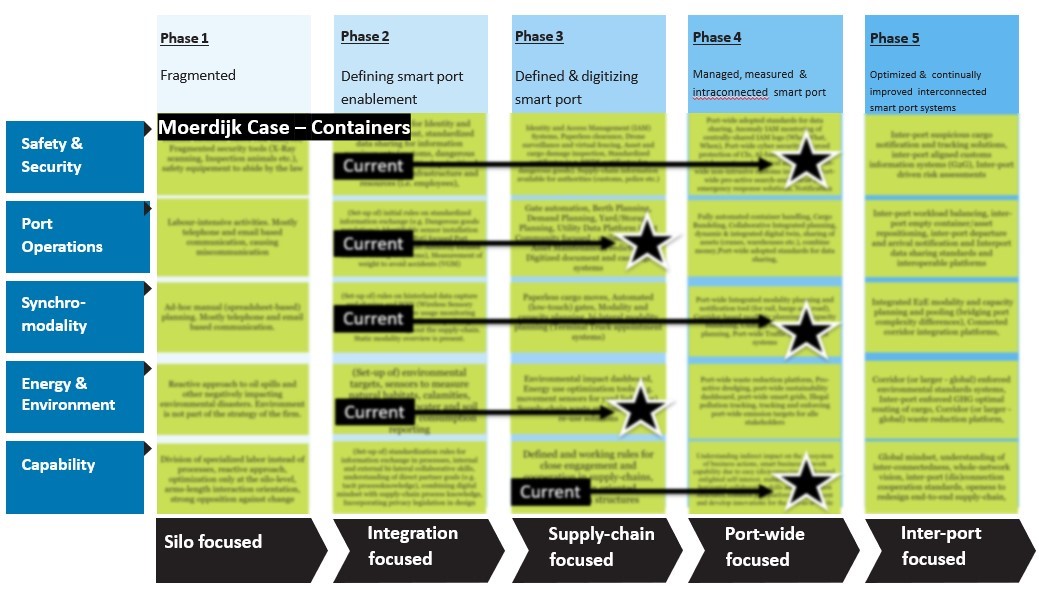The Case of the Port of Moerdijk
This physical consolidation has recently been complemented by digital platform-based consolidation, cf. the IBM-Maersk Tradelens platform. Platform economics will create new centers of power in supply chains and enable new modes of digital value creation. Yet, the strategic question for the coming three years is who will take ownership of these new positions: port ecosystems, the large carrier alliances who already own most of the global cargo flows, or outsiders who dwarf even these carrier alliances?








